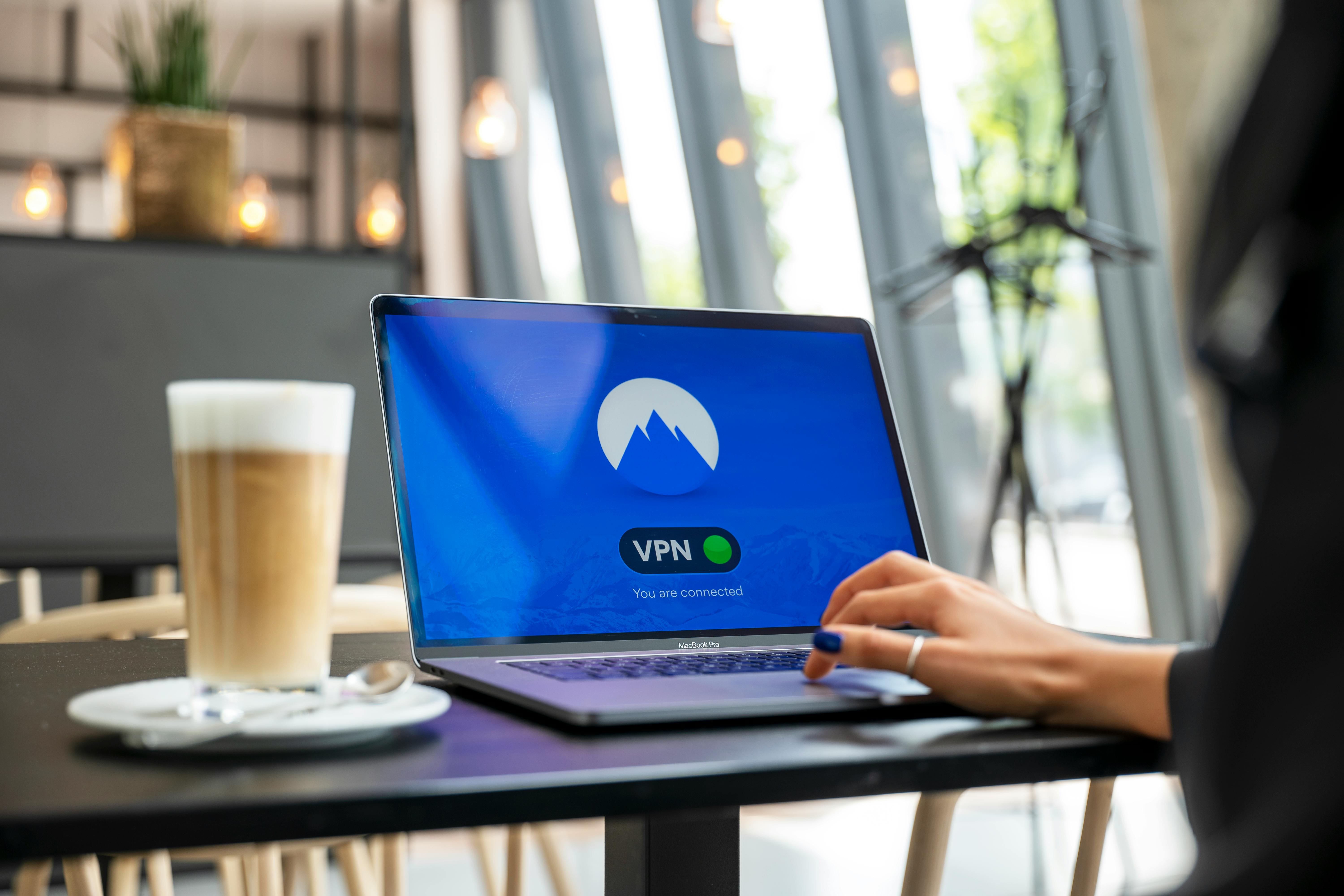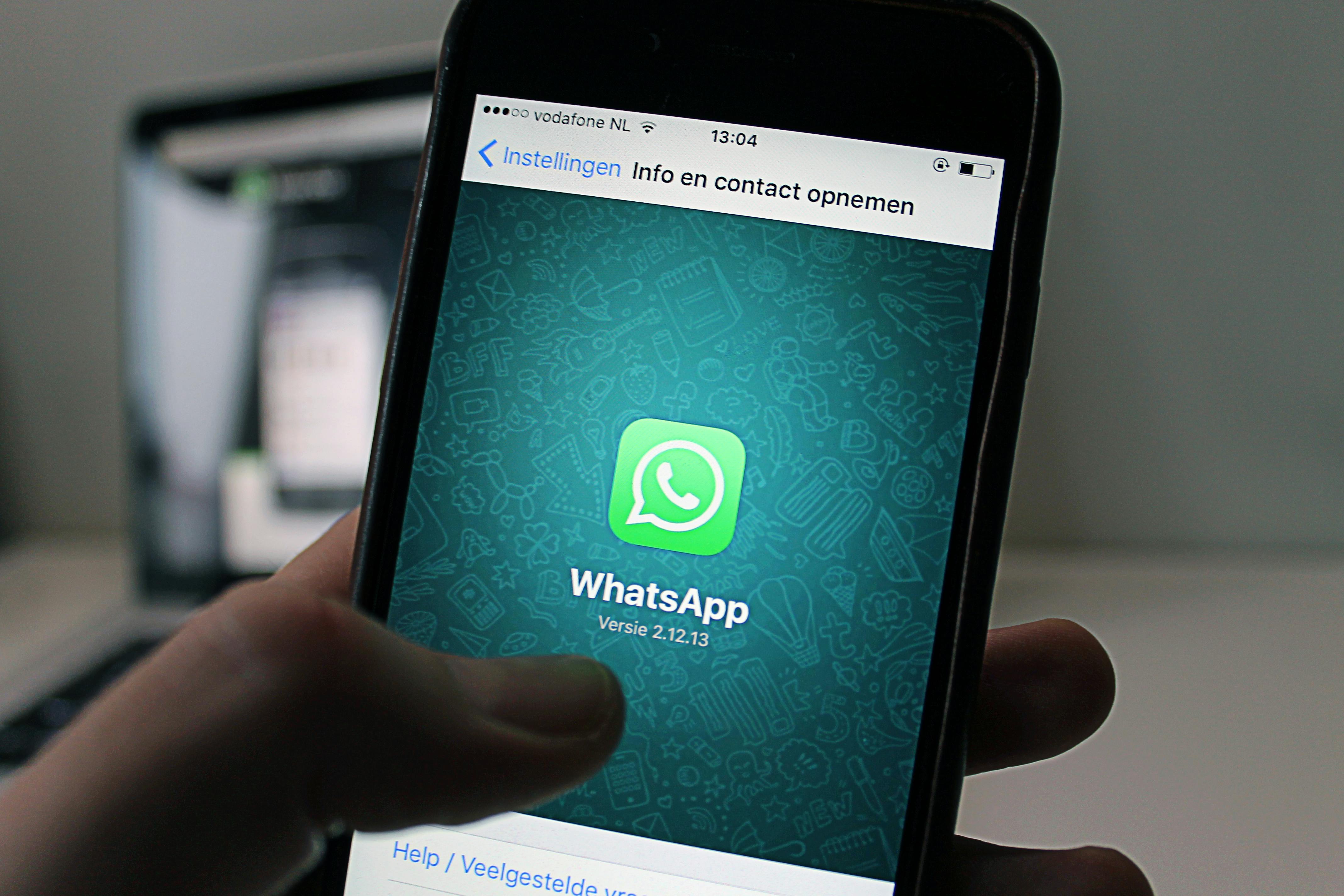Traveling internationally can be exciting, but staying connected while you’re away from home can be a challenge. Between unfamiliar networks, high roaming fees, and varying internet availability, it’s easy to feel cut off from friends, family, or work. Whether you’re traveling for leisure or business, maintaining reliable communication can make a big difference in your trip’s comfort and security.
Fortunately, there are many ways to keep your devices online and your messages flowing, no matter where you go. The right solution depends on your destination, travel style, and budget.
From local SIM cards to portable Wi-Fi devices, a little planning ensures that you can navigate, share updates, and stay in touch without constant frustration or surprise costs. Here are six ways to stay connected on the go:
1. Purchase a Local SIM Card

Buying a local SIM card is one of the most popular ways to stay connected abroad. This option often gives you access to faster data speeds and better coverage at a fraction of the cost of international roaming. You can purchase SIM cards at airports, convenience stores, or official mobile provider shops in your destination country.
Before you choose this route, make sure your phone is unlocked so it can accept SIM cards from other carriers. Research the best local providers ahead of time, checking for coverage maps and package deals. A local SIM card is handy for longer trips or for travelers who plan to use mobile data heavily for navigation, translations, or social media.
2. Use an International Roaming Plan

If you prefer convenience, an international roaming plan from your home carrier might be worth considering. Many providers offer packages that allow you to use your regular phone number and data abroad for a daily or monthly fee. This avoids the need to swap SIM cards and lets you keep receiving calls and texts as usual.
However, roaming plans can vary widely in cost and data limits. Before leaving, contact your carrier to understand the rates, coverage areas, and restrictions. This option is best for short trips or for travelers who don’t want the hassle of managing multiple SIM cards.
3. Carry a Portable Wi-Fi Hotspot

A portable Wi-Fi hotspot, sometimes called a pocket Wi-Fi, lets you connect multiple devices to the internet using a single mobile data plan. These devices are available for rent or purchase and can be a great choice for families or groups traveling together.
Portable hotspots work in many countries, but you’ll need to confirm the coverage area before your trip. They’re also helpful for travelers who use tablets, laptops, or other Wi-Fi-only devices. While this option requires carrying an extra gadget, it can be worth it for the convenience and flexibility it offers.
4. Take Advantage of Free Public Wi-Fi

Free public Wi-Fi is widely available in airports, hotels, cafes, and shopping centers around the world. While this can be a budget-friendly way to stay connected, it’s important to be cautious when using public networks. These connections are often unsecured, which makes your personal information more vulnerable to hackers.
When using public Wi-Fi, avoid accessing sensitive accounts like online banking. Consider using a VPN (Virtual Private Network) to encrypt your data and add an extra layer of security. With the right precautions, public Wi-Fi can be a helpful backup option when other connectivity methods aren’t available.
5. Use Messaging and Calling Apps

Apps like WhatsApp, Skype, and Telegram make it easy to stay in touch without relying on traditional phone services. They use your internet connection to send messages, make voice calls, and even hold video chats. As long as you have Wi-Fi or mobile data, you can communicate with people anywhere in the world.
These apps are especially useful for group chats or sharing photos and videos instantly. Make sure to install and set up your preferred app before your trip so you’re ready to go the moment you get connected. In many countries, these platforms are the primary way people communicate, making them a practical choice for international travel.
6. Download Offline Tools Before You Go

Sometimes, staying connected is less about constant internet access and more about being prepared when you go offline. Downloading maps, translation tools, and important travel documents before your trip ensures you can still navigate and communicate without a live connection.
Apps like Google Maps, Google Translate, and airline mobile apps often allow you to store essential data for offline use. This is a lifesaver in remote areas or during unexpected network outages. Think of it as a safety net that keeps your trip running smoothly, even if your signal drops.
Staying Connected Across Borders
By planning ahead and choosing the right combination of tools, you can stay connected during your international travels without stress or overspending. Whether you opt for a local SIM card, a roaming plan, or a portable hotspot, pairing these with smart app use and offline backups ensures you’re never truly out of reach. With the right approach, your journey can be both adventurous and connected, no matter where in the world you wander.

